

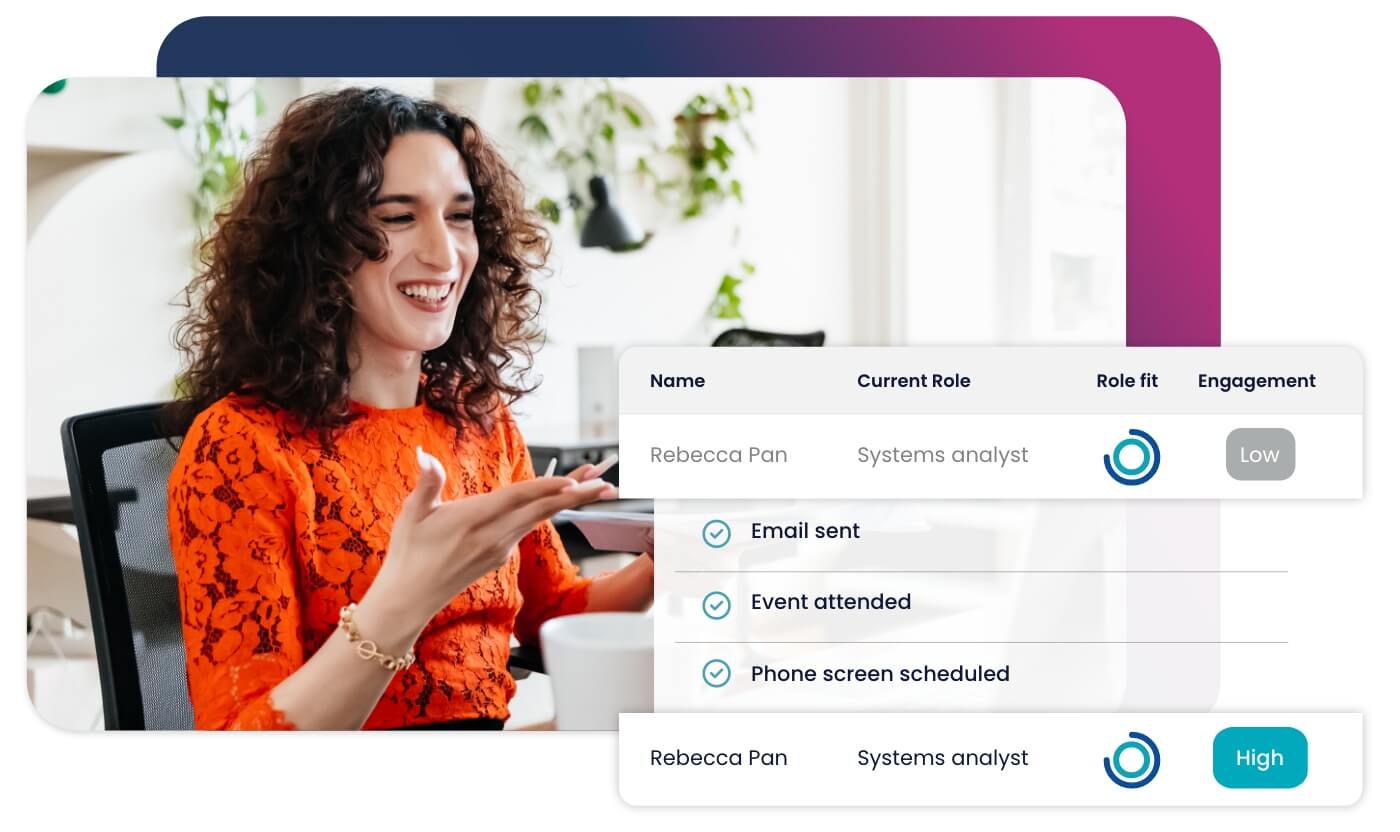
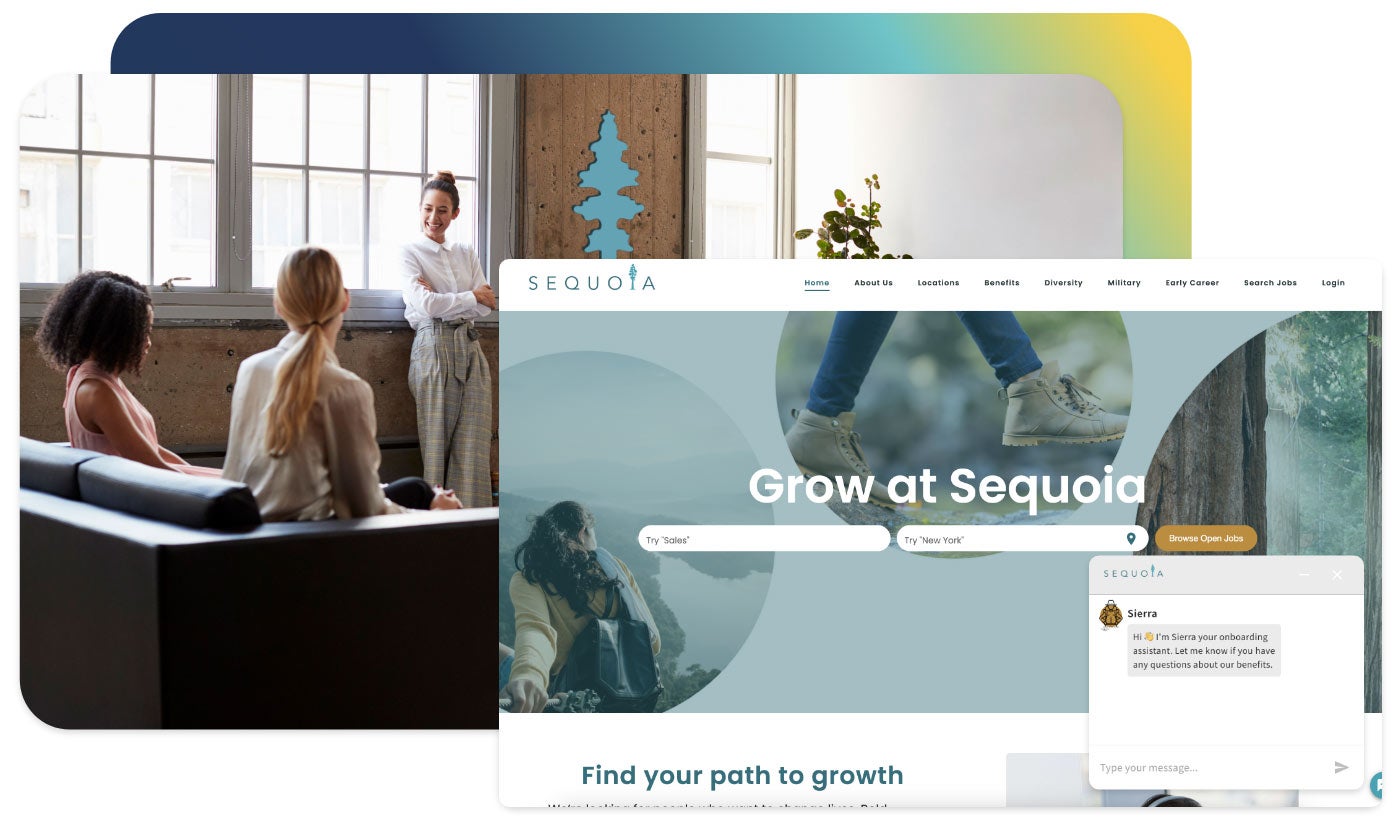


Accelerate hiring key talent to deliver care and exceed patient satisfaction.

Attract skilled candidates, speed up hiring and grow expertise in your workforce.

Simplify recruiting finance and banking talent with a platform for hard-to-fill roles.


Build a talent pipeline that engages and drives your business forward.


See how diverse and global enterprises use iCIMS to employ millions, drive innovation and connect communities worldwide.

Learn how a beloved restaurant hires 40,000+ annually with a great candidate experience.
Uncover unique market insights, explore best practices and gain access to talent experts across our library of content.


View press releases, media coverage, the latest hiring data and see what analysts are saying about iCIMS.

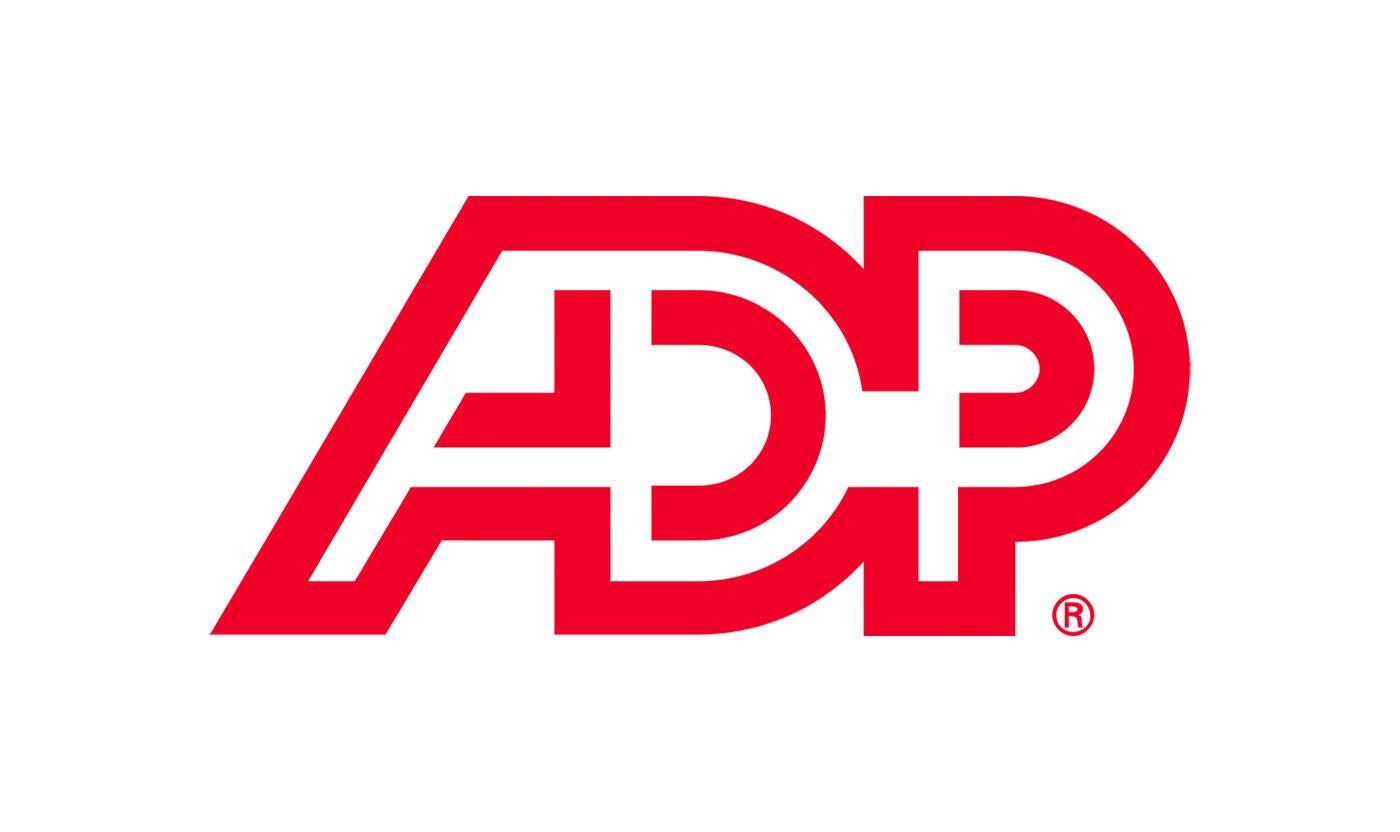
Streamline your tech stack and take advantage of a better user experience and stronger data governance with ADP and iCIMS.
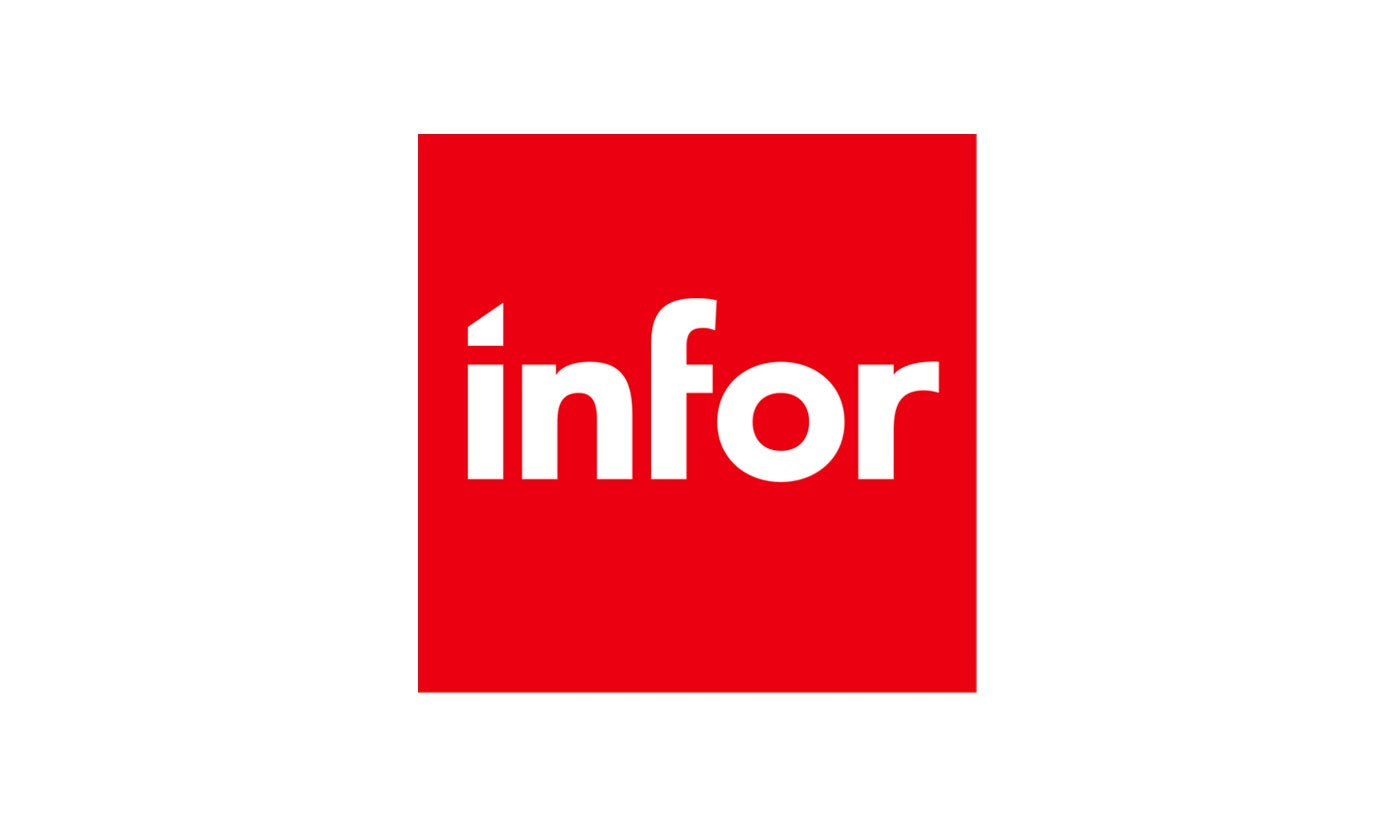
The combined power of iCIMS and Infor helps organizations strategically align their business and talent objectives.
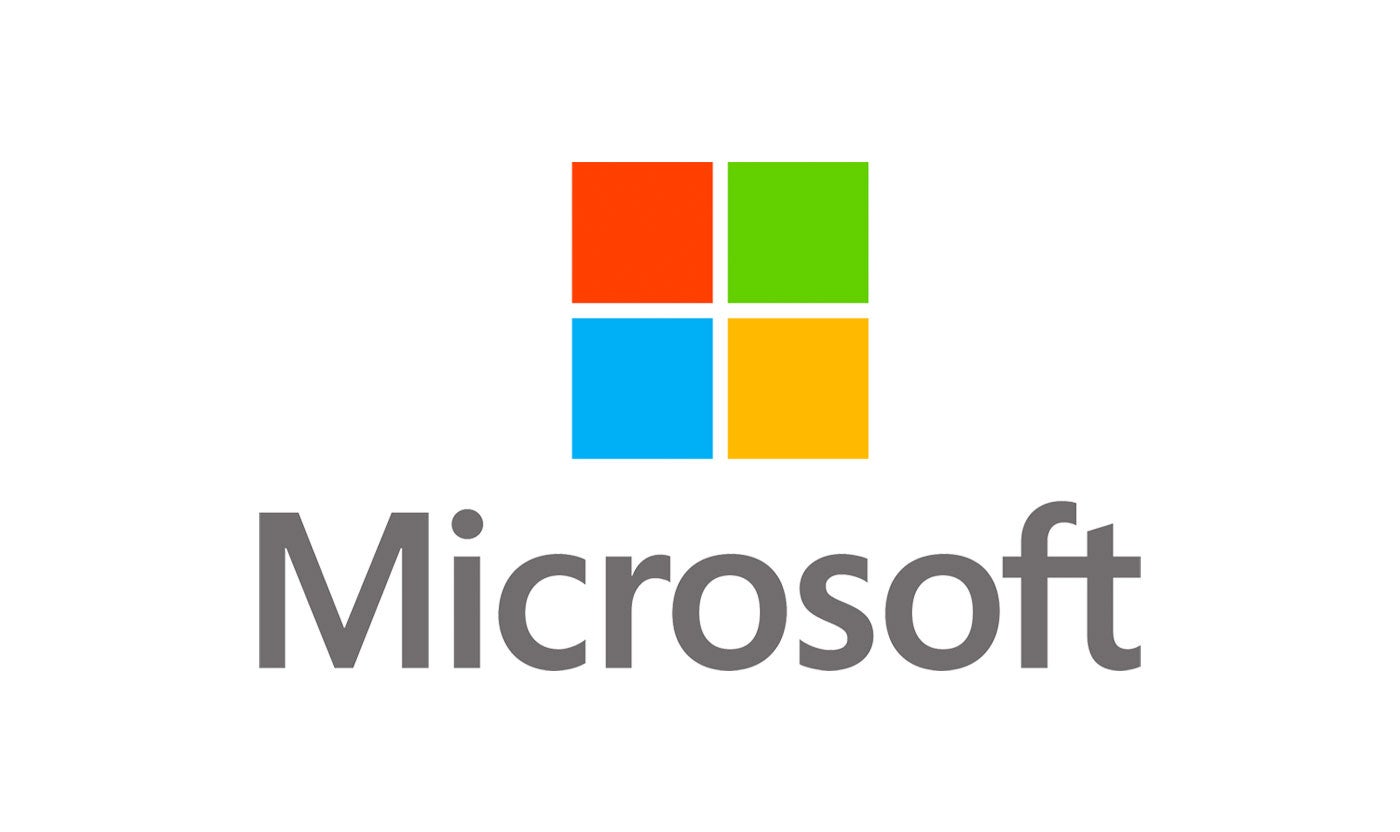
Our award-winning partnership with Microsoft is grounded in a shared desire to transform the workplace and the hiring team experience.
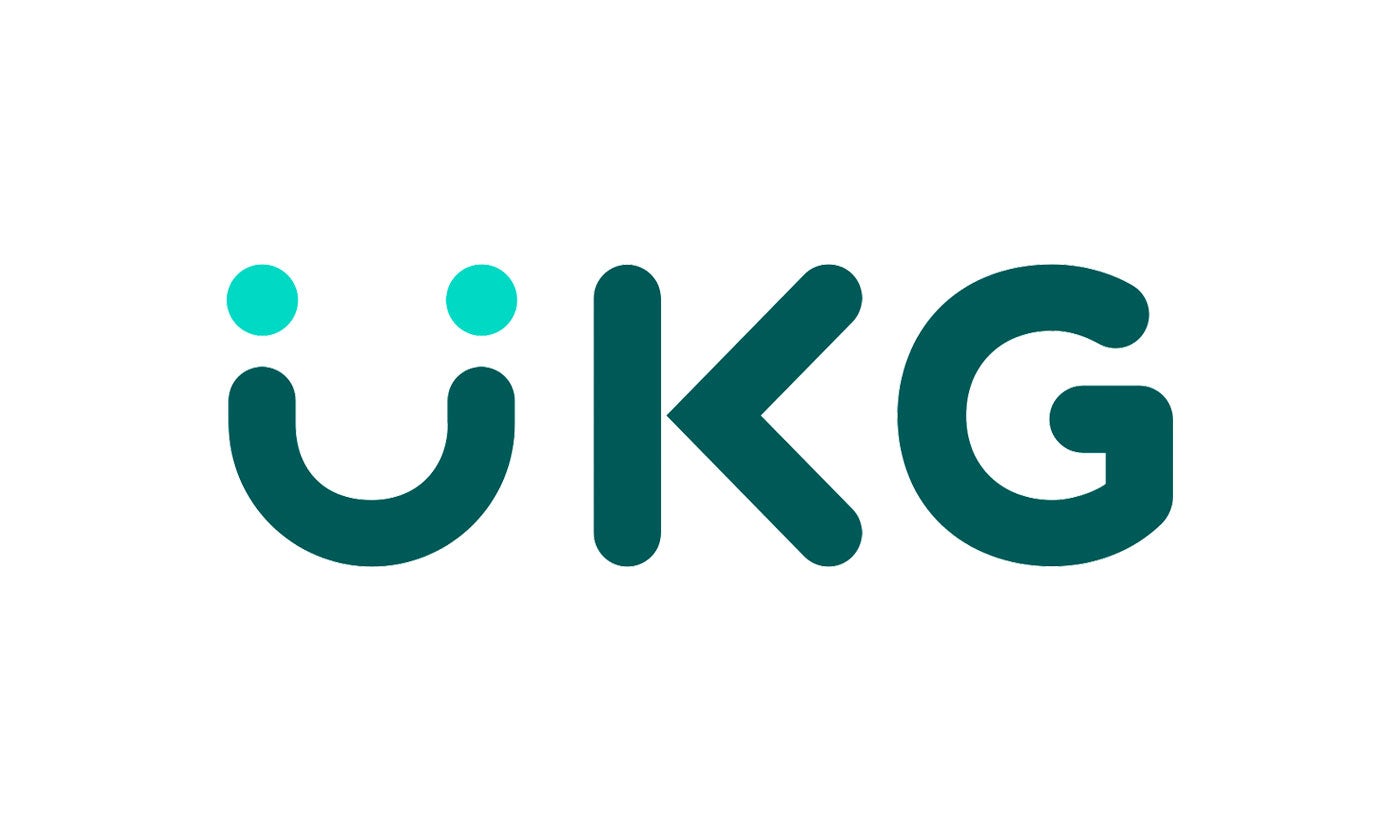
Our partnership with Ultimate Kronos Group (UKG) supports the entire talent lifecycle by bringing frictionless recruiting solutions to UKG Pro Onboarding.

At this time last year, 40% of CFOs surveyed by Gartner said they’d turn to cost cutting if inflation persisted for six more months. Well, here we are. Economic conditions aren’t looking up, and organizations continue to take serious measures to reduce costs.
Leaders across all aspects of business are stuck, trying to balance improved outcomes with budget cuts. To get their budget approved, talent leaders need to prove how the investments they’ve planned for 2024 benefit the bottom line.
With a data-driven approach, you can strengthen your relationship with your CFO and make a stronger case for investment in talent acquisition tech.
Next year’s budget should reflect investments in the areas of talent acquisition that will improve the overall bottom line. For many leaders, candidate experience is a top priority because of its impact on hiring goals and consumer behavior. Qualified job seekers are in short supply, so an improved experience can keep gold medalists in your hiring funnel and get them to the offer faster. More skilled talent + shorter time to hire = better business growth.
Once you define your objectives, you’ll need a strategy. What aspects of your candidate experience are working well? Are there any bottlenecks or points of friction? Is your team attracting the right kind of talent at the most efficient cost?
Your recruiting platform should provide analytics that help you answer these questions.
It’s easy to get caught in analysis paralysis — especially if your recruiting platform’s analytics function is just a page full of numbers without meaning or, worse, data dumped into a spreadsheet!
To help you evaluate areas of improvement, use these recruiting metrics to dig into your candidate experience and gain valuable insight into what’s working and what’s not.
Track this metric to determine whether roadblocks on your career site deter candidates from getting their foot in the door. If you get a lot of visits but few conversions, you could add a mobile-friendly browsing experience, AI-powered job recommendations, and chatbots that allow candidates to ask questions.
The actual job application is another common point of friction in the candidate experience. Job seekers want consumer-like experiences. If it takes too long to complete your application, candidates will find an easier option. For more insight, break down this KPI by device type or location.
Using analytics dashboards in your ATS, calculate which recruitment marketing channels bring in the most candidates to focus your efforts and budget on the channels with the most significant impact.
You can also measure your channels by total volume, break them down by talent pools, or filter them by hired candidates to tell a richer story using your talent data.
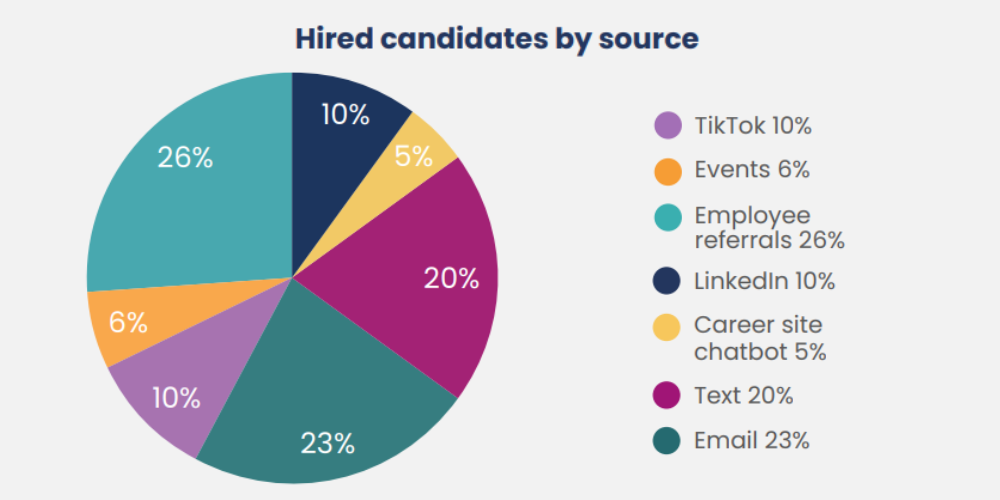
CPQA determines the total spend required to attract one quality applicant, so you can focus your strategy on the channels that attract the most quality candidates at the lowest average cost.
To measure this, you’ll need to define what makes a “quality applicant.” Is it all candidates who make it past the phone screen or only those who receive a particular score in your ATS? Once you’ve created that definition, you can use this formula:
This KPI helps you identify the channels that bring in the highest number of qualified applicants. For example, a third-party job board may bring in the highest number of candidates overall, but LinkedIn may generate a higher percentage of qualified candidates.
Are you generating enough candidates per open job? Break down this metric by sourcer to identify team members who may need additional training or support to increase their submissions.
How well do your text campaigns work to engage talent? Use this metric to evaluate your performance against a benchmark. If you receive a lot of initial texts but few applications, you may need to edit the language or flow of your text conversations.
Chatbots act as 24/7 virtual recruiters. But it’s time to act if your chatbot isn’t turning conversations into quality applicants (and generating an ROI). Consider adding employee testimonial videos to your chatbot to showcase your culture and the skills required for relevant jobs.
For this critical channel, targeted emails to candidates in your talent pool should push job seekers to take action. Always include a link that candidates can click, so you can track engagement rates.
Measure candidate satisfaction with a standardized survey about your recruitment process. Determine your net promotor score with a satisfaction survey with a ranking of 1-10.
Make survey answers searchable and reportable in your applicant tracking system for more actionable data.
Hopefully, your analysis of these metrics will uncover two or three opportunities to make your process more efficient and reduce costs. Next, you’ll need to put together a business case that details exactly how an investment in better recruiting tech can drive growth.
To jumpstart this process, we’ve curated how-tos, best practices and real-life examples of how talent acquisition teams have advocated for — and received — budget for better tech. These resources include:
2024 is right around the corner, but it’s not too late to make your case for change. Get buy-in from your C-suite with a rock-solid business case that combines quantitative data with real results to prove the value of a better talent acquisition tech stack.

Alex is well-versed in content and digital marketing. He blends a passion for sharp, persuasive copy with creating intuitive user experiences on the web. A natural storyteller, Alex highlights customer successes and amplifies their best practices.
Alex earned his bachelor’s degree at Fairleigh Dickinson University before pursuing his master’s at Montclair State University. When not at work, Alex enjoys hiking, studying history and homebrewing beer.




